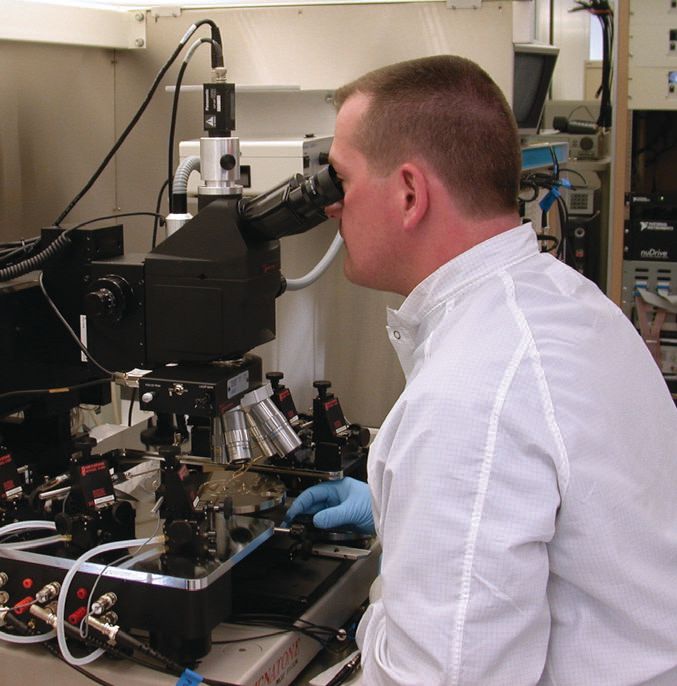Smile…you’re working in tribology!
Edward P. Salek, CAE, Executive Director | TLT Headquarters Report May 2014
A new survey shows STLE members experience high levels of job satisfaction as they help solve some of the world’s most difficult challenges.

Three-quarters of STLE members said they would choose the same career again.
THIS YEAR’S STLE ANNUAL MEETING is near Walt Disney World, which many people refer to as “The Happiest Place on Earth.” While it may be hard to argue with that designation, who would have guessed that the
second happiest place might be a tribology lab?
A soon-to-be-released STLE research project, conducted in cooperation with McKinley Advisors, gathered survey data pointing to a notably high level of job satisfaction among the more than 900 participants.
Nearly 95 percent of the survey respondents (individuals working in all types of tribology and lubricant- related jobs worldwide) said they were either moderately or very satisfied with their current jobs. In fact, 58 percent of the group said they were very satisfied with their current job.
This level of job satisfaction compares quite favorably to more general studies measuring employee attitudes. For example, Gallup’s 2013 State of the American Workplace Report, which surveyed more than 150,000 workers, found that just 30 percent of them are engaged and inspired at work. Similarly, a January 2014 Pew Research study of 1,301 respondents recorded a 48 percent job satisfaction rating among those workers.
The STLE-McKinley study also asked respondents: “If you were just starting out and could choose your life’s work all over again, would you choose the same career that you are in now, or would you choose a different career?” Three-quarters of the participants said they would choose the same career, while only 25 percent had second thoughts about their choice.
Doubts about career choice were much more common among workers questioned in a Harris Interactive survey last year. Those numbers indicate that only about a fifth of working U.S. citizens in their 20s reported enough satisfaction in their jobs not to want to change careers. Satisfaction remained scarce for workers in their 30s and 40s, among whom the desire to change careers was reported at 64 and 54 percent, respectively.
In the STLE study, workers pointed to three primary factors to explain their high levels of job satisfaction:
•
The importance of the work that they do.
•
The potential for tribology and lubrication engineering to positively impact society.
•
The role of the tribologist and lubrication engineer in the product-development process.
While people in the field have a healthy sense of job satisfaction and importance, they do express frustration with the fact that there’s relatively little public awareness of the role of tribology and lubrication engineering. Only about 35 percent are satisfied with the level of public recognition, compared to 65 percent who are dissatisfied. Respondents also view workforce replacement as another negative factor, possibly driven by the low profile nature of the field. More than 60 percent rated the ability to attract talented and educated employees as a major challenge. This was the highest rated issue out of nine possible challenges posed in the survey questionnaire.
One of the primary purposes of the research project is to counteract this situation and give STLE and its members a better ability to explain the impact of tribology and lubricants on such global priorities as vehicle efficiency, energy conservation, manufacturing productivity and medical advances. Watch for more on these topics in 2014 and 2015, as STLE pursues its strategic goal of becoming a global advocate for the importance of tribology and lubrication.
 You can reach Certified Association Executive Ed Salek at esalek@stle.org
You can reach Certified Association Executive Ed Salek at esalek@stle.org.